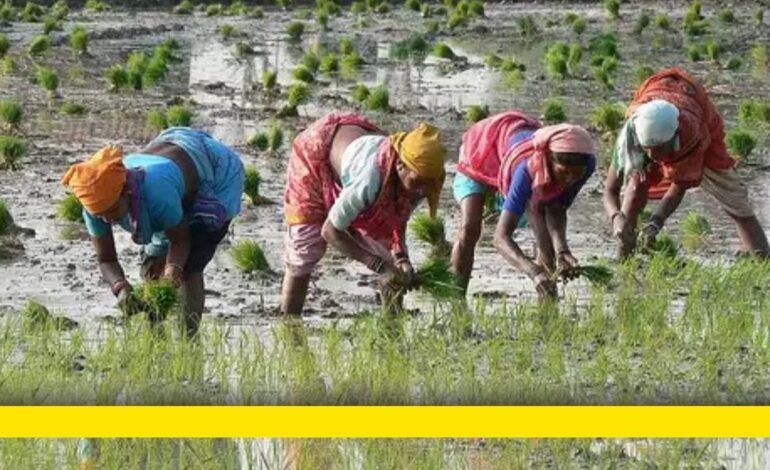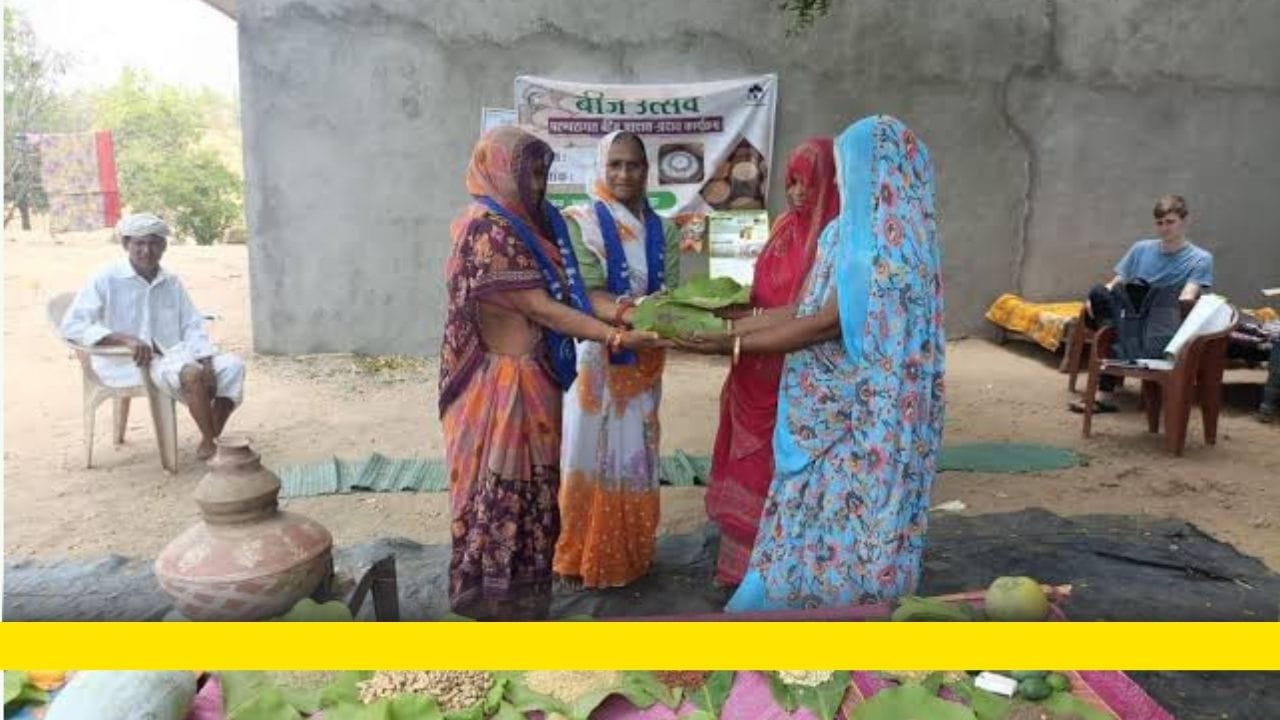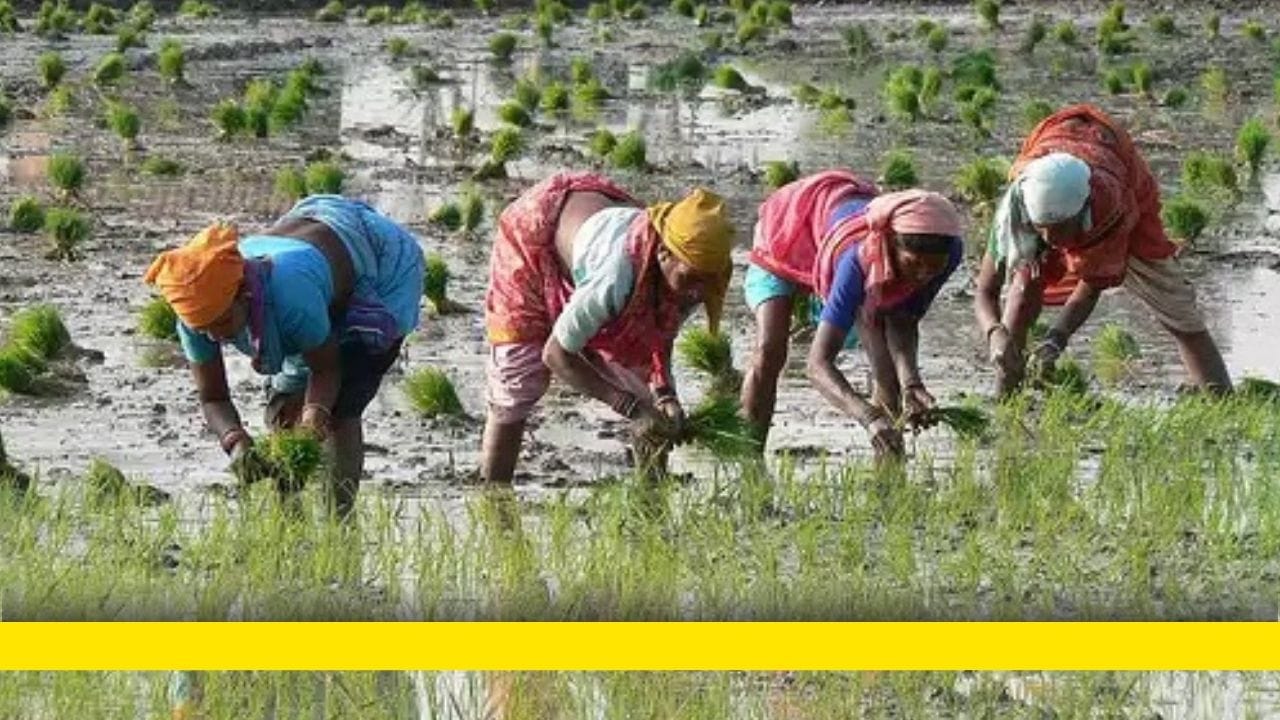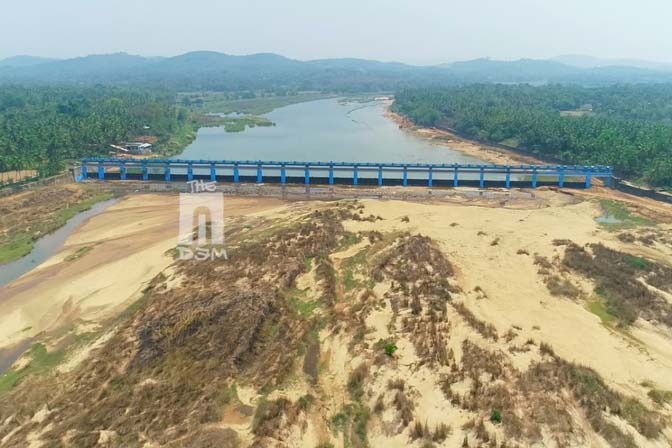World Environment Day: How Rural Communities Are Conserving Seeds to Counter Corporates
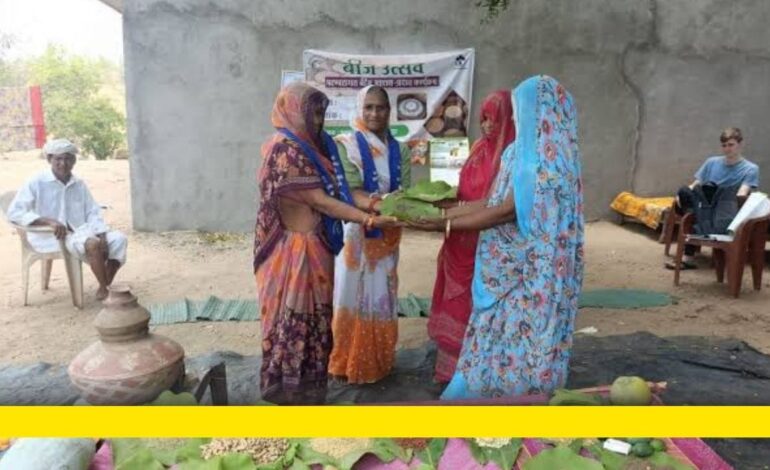
On World Environment Day, June 5, this article highlights how local communities, especially women, are taking charge of seed, defeating attempts by corporates to monopolise and monetise this traditional wisdom.
In traditional farming one of the most important tasks and responsibilities was that of selecting, saving and conserving seeds. In several rural communities women farmers had an important role to play in this as well as had, the unique and special skills –and understanding — related to crucial conservation driven task. Several Adivasi communities were particularly known for their seed conservation efforts.
While this has been well recognised for a long time, what is often not appreciated adequately is the extent to which the skills and wisdom of several traditional communities was advanced in matters relating to seeds conservation.
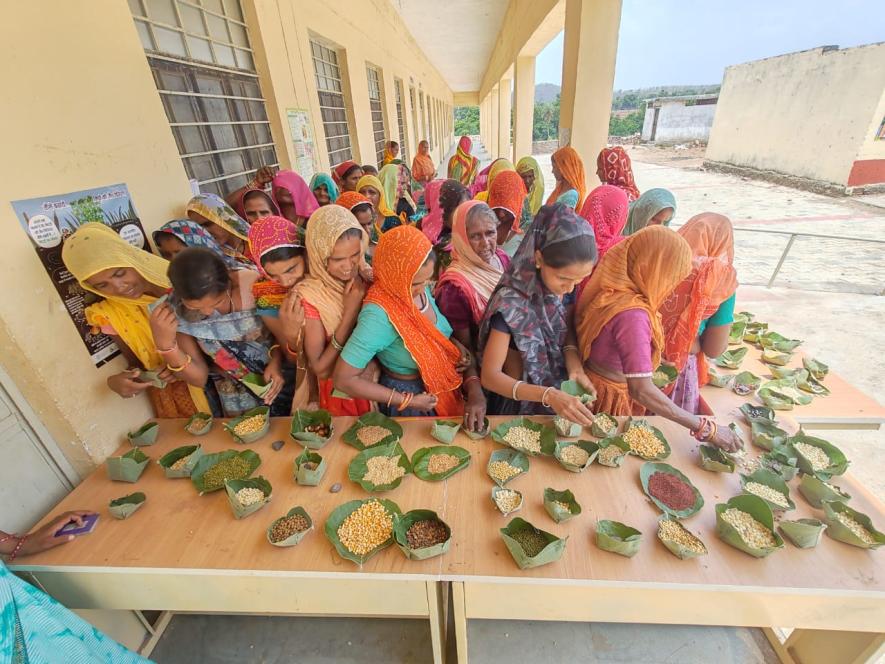
Dr. R.H Richharia, former Director of the Central Rice Research Institute of India, was among those few senior scientists who understood this, lived closely and inter-acted with communities in very remote villages, Adivasi communities and it was this intimate engagement that enabled him to develop an understanding of seed conservation strengths of rural and tribal communities. It was this people-based and community-based work of this senior scientist and his colleagues which led him to prepare a great compilation of over 17,000 cultivars of rice grown in India.
As he once told me, he was particularly impressed by the ability of Adivasi (tribal, indigenous) communities to remember and pass from generation to generation knowledge concerning the characteristics of hundreds of rice varieties and cultivars, the suitability of different varieties for various kinds of land, their water requirements or drought resistance, their different cooking qualities, their different aromas and even medicinal properties etc. Most of this rich knowledge was gathered in the context of farmers of Chhattisgarh region including Bastar where the tendency of most other experts has been to dismiss tribal communities as being very backward. However Dr. Richharia on the basis of his own deeper understanding was able to better appreciate the richness of the knowledge of tribal communities and he also encouraged his co-workers to do so, as I could also understand when I met some members of his team later.
Dr. Richharia, who was one of the earliest and youngest scientists from India to get a doctorate in Botany from Cambridge while studying in the middle of great resource constraints in Britain, told me that some farmers including women farmers were particularly well-skilled in this and took a very keen interest too. However as not all farmers could be expected to have equal skills and ability regarding this, some of the learnings were sought to be captured in the form of some rituals which could be more easily observed as a part of daily life by most community members and farmers.
While traditional skills of farming communities for seed conservation needed to be valued greatly and constantly strengthened and encouraged, unfortunately exactly the reverse has happened due to a number of adverse factors.
From the mid-1960s onwards the strategy of farm development based on new exotic green revolution varieties and seeds was based largely on uprooting the greater diversity of existing crop-varieties grown in time honoured systems of mixed farming and rotations on the basis of the accumulated wisdom and experience of many generations of farmers relating to local agro-ecological conditions.
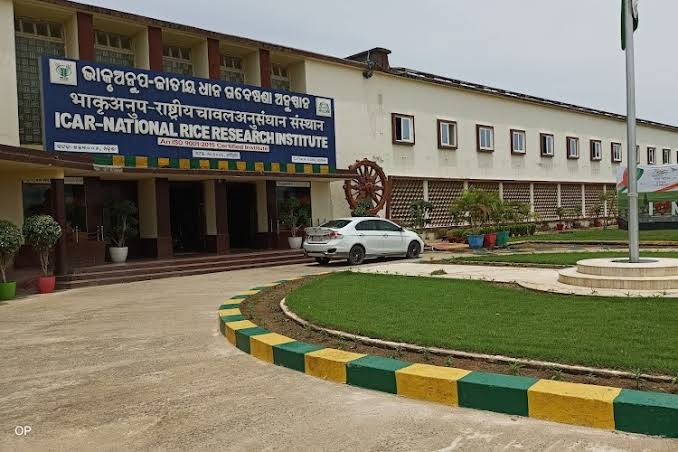
While this sudden change was inherently wrong and harmful, the situation worsened further as powerful corporate interests, including multinational companies and the research institutes allied to them, made seeds the main source of trying to forever increase their profits as well as their control over farming and food. Towards this end, it was these corporate interests that exerted pressure to realize the monster objective of patents and IPRs over life forms and plant varieties, as well as to promote highly harmful technologies that could facilitate this.
Hence what then started happening was that as crop and seed diversity began vanishing (or was made to vanish) from the fields of farmers, this traditional knowledge was being concentrated in the labs and gene banks controlled or accessed more readily by the big corporates who then used and stole the accumulated work of generations of farmers to release ‘their’ patented varieties, sometimes after manipulating them genetically to increase their control and monopoly over them. All this was sought to be promoted under the name of ‘science’ and ‘development’, with accolades and awards being distributed for this.
It took some time for communities to recover from this deception and shock. Once, Adivasi’s and indigenous peoples realized the extent of the harm being caused, they started assuming the responsibility of again strengthening their seed conservation efforts.
As the displacement of farm and seed diversity was far from complete particularly in the more remote villages, several communities could still take up the task of conserving seeds. These communities noted that some disruption and harm had been caused, and legal changes had also created problems, but if the farmers and their communities acted with increasing unity and wisdom to protect their seeds diversity and sovereignty, the diversity of seeds could be saved and protected on the fields of farmers.
Traditional Knowledge Re-applied, Re-born
Hence, in recent years, we have seen several communities taking up the task of protecting seeds diversity and sovereignty with a renewed and increasing sense of urgency, in India and in many other countries. I was myself present at a recent such effort in the form of a seed festival organized by a voluntary organization Vaagdhara in parts of three states in Central India. The mostly young men and women members of this organisation mobilized themselves very enthusiastically to organise nearly 90 gatherings of tribal communities, in turn reaching out to people of about a thousand villages and hamlets. At these gatherings people of various villages assembled with their collections of various seeds which have become more difficult to find in recent times, so that these and/or the knowledge relating to these cold be shared with farmers of other villages. Visiting such gatherings, I could see that the villagers assembled here were so happy and enthused by this entire effort that they wanted such seed festivals to be organized very regularly. Women in particular were very enthusiastic participants.
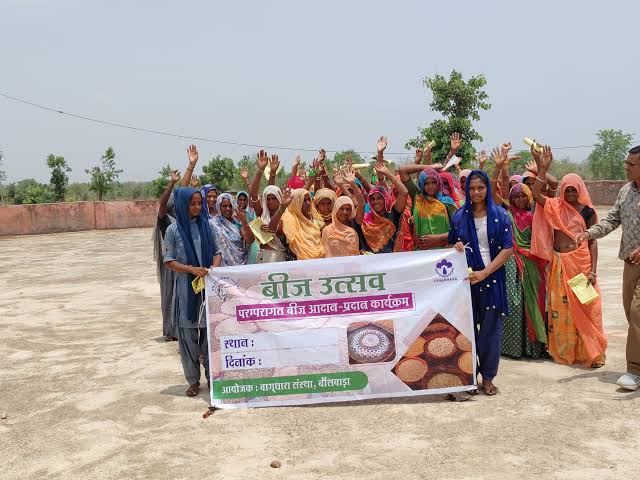
This could not have been such a big success if earlier efforts had not been made to prepare a strong base for seed conservation as an integral and important part of the many-sided development efforts initiated in this region by Vaagdhara in recent years. This has helped to strengthen the earlier inclinations of these tribal communities for seed conservation, although some disruption had appeared earlier to disturb the continuity of this effort.
Earlier in the course of my work in the Himalayan region, particularly in villages of Garhwal, I could learn much from the efforts of Beej Bachao Aandolan (Save the Seeds Movement). The efforts of this movement led to much better appreciation of seed diversity saved on the farms on the basis of traditional mixed farming systems like ‘barahanaja’ (growing 12 or more crops together on a small plot of land to ensure balanced nutrition and self-reliance in food).
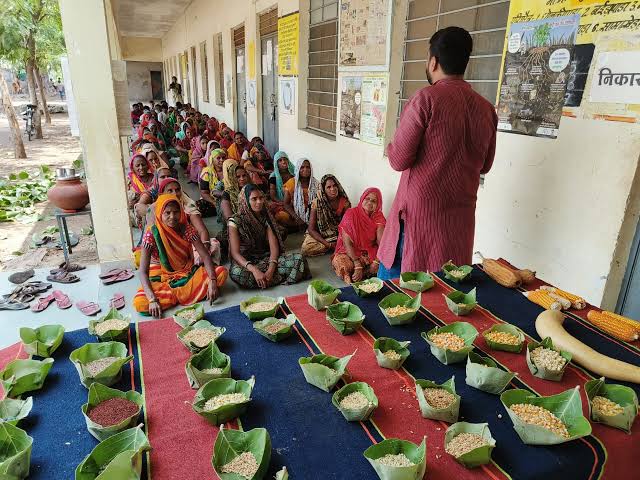
Before this effort too root, some locally posted officials and even ‘scientists’ were speaking in terms of uprooting such excellent traditional systems declared to be backward by them, much in tune with the terrible trends of the ‘green revolution’. The Save the Seeds Movement helped to confront and change this highly distorted thinking. The movement organised several foot marches in which marchers went from one village to another, carrying with them those seeds which had been getting rare to find. They provided some of these seeds to those farmers in the visited villages who wanted them. At the same time they collected information on the seeds which had been preserved and saved in this village. In very joyful ways, a lot of information on diversity of traditional seeds was collected and in addition farmers could also exchange seeds. The valuable contributions made by women farmers were also highlighted in the course of these important initiatives.
Clearly there is need for many more such efforts as well as for protecting the seeds sovereignty of farmers, their rights to conserve, protect, grow and exchange their seeds without any obstructions being placed in this.
Photograph of events sourced via Vaagdhara


